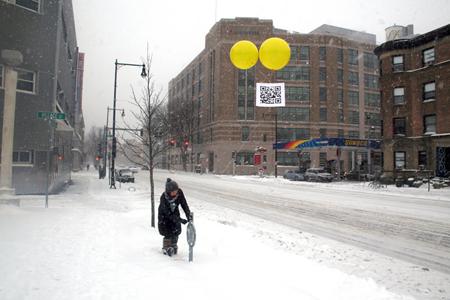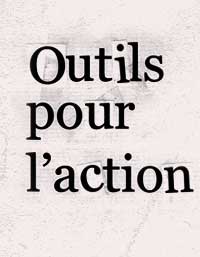The Gulag
The Gulag

The Gulag project is about the spatial and visibility control of political place. We observed that, although the existence of North Korean concentration camps, where unpardonable outrages against human rights occurred, were confirmed by accurate geographical information, political devices such as denial and suppression obstructed perception of the existence of the camps. On the other hand, other cities from geographically a similar distance with much less politically controversial characteristics have more visibility. This example shows how the presentation of space can reconfigure its relation with people and can form the dead angle in perceiving the trampling of human rights. Incorporating the web-based program and Semacode application in designing the spatial relation, We intended the reversal of the phenomena of created invisibility and the detoxification of its negative consequences. The concentration camp becomes the actual place by strengthening the geographical sense of presence by comparison to other clearly seen cities and by specifically relating each individual’s unique perspective, the distance in this case, to the place.





























